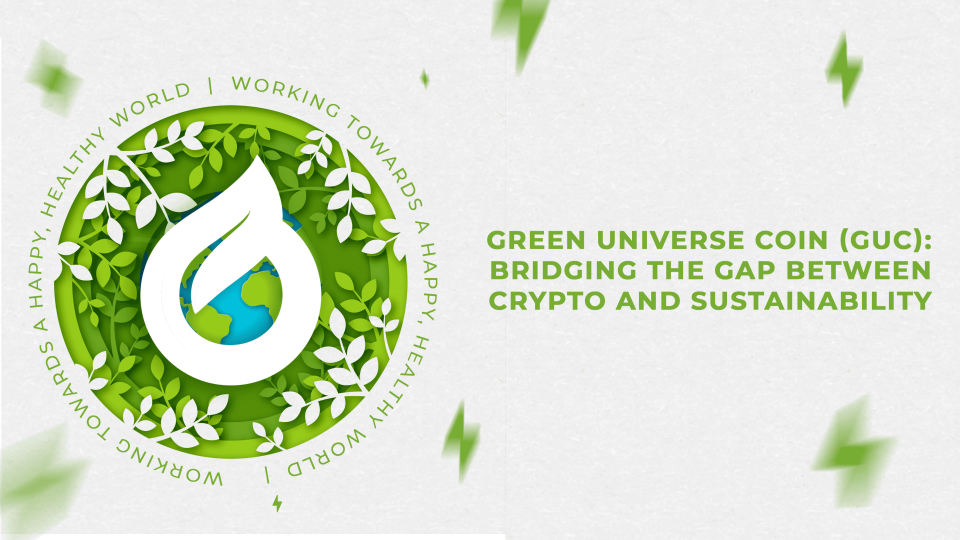Building a better future with Blockchain and Web3
The Internet has become an indispensable part of our daily lives, and it continues to evolve to include new features. The latest advancement making waves in the digital world is the introduction of web3, the supposed advance of Web 2.0, which is expected to remedy the ills of the earlier versions of the web. Web3 has the promise to let people own things digitally, shop easily online and have more control over their personal data. This is in stark contrast to Web 2.0, where the concentration of power was in the hands of a few centralized social media platforms and the exploitation of users’ personal data was widespread.
The relationship between Blockchain and Web3
Web 3.0 and blockchain are distinct technologies with a tight connection. Web 3.0 describes the transformation of the Internet from a collection of websites to an open platform that supports distributed applications (DApps). It is the next step in the evolution of the internet and is expected to serve as the foundation for a new wave of software applications and services.
Blockchain provides a secure, tamper-proof distributed ledger that can hold digital assets such as papers, contracts, payments and other information without relying on a centralized authority or third parties. By merging blockchain with Web 3.0 technology, organizations can create applications that are more secure, efficient and transparent. This relationship between Web 3.0 and blockchain provides the foundation for a new digital economy where assets are securely stored and traded without the need for middlemen or intermediaries. It is also likely to change the way companies communicate with consumers, suppliers and other stakeholders.
At the core of blockchain technology lies decentralization, which is instrumental in distributing communication power and is in sync with the values and ethos of Web 3. Blockchain technology and cryptocurrency can be called the building blocks of Web 3. However, the decentralized web also relies on technologies such as AR, VR, IoT and others unrelated to blockchain or digital currencies. While blockchain operates more on the infrastructure side of the Web3, these technologies and solutions can help make the internet more immersive and connected to the real world.
Blockchain technology is monumental in expanding the Web3 with features such as trustless payments, decentralized governance and cross-chain interoperability. Blockchain technology will aid in the decentralization of the Web3 by enabling a wider distribution of information and power. Web3 can use blockchain-powered public distributed ledgers to provide greater transparency and decentralization. Blockchain-based projects such as cryptocurrency replace the need for centralized authorities by giving users the opportunity to be custodians of their own finances.
In addition, blockchains are designed to be censorship resistant, meaning that no party can unilaterally change the transaction record. Once the record is added to the blockchain, it is almost impossible to remove it. This feature further promotes Web3 combined with blockchain technology as the transparent and immutable solution the world longs for, as this makes Web3 more secure against cyber attacks. Blockchain technology, with its decentralized infrastructure for data storage and transmission that is both secure and reliable, will thus be largely responsible for the advancement of Web 3.
























